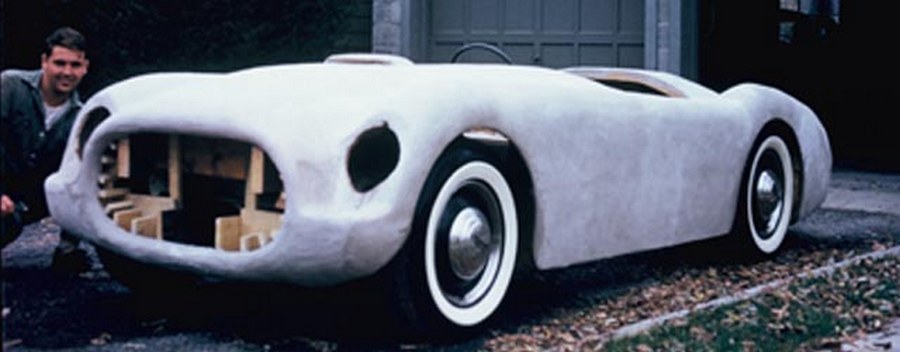
—————-
Note: This is the first in a series of articles on Jerry Gardner’s Voodoo Dream. Click here to review all articles in this series.
—————-
Hi Gang…
I saw the ad on eBay last April, 2011. It was titled “1952 Other Makes Hot Rod – 50’s Style Cadillac Powered Hot Rod / Sports Car – 1 off.”
“Cadillac?” I thought to myself. There’s no substitute for cubic inches, so I read on, curious on what I would find. Here’s what the ebay ad said:
“Back in about 1952 Jerry was a young guy into cars and speed. He was extremely creative. He began to build a dream. He saw this exotic sports car in his mind. He knew about performance and handling and started there. He was driving a 40 Ford so his project started with that. Body removed he began.
He decided it needed to be low so he Zee’d the frame front and rear. He shortened the wheel base to 99 inches. He wanted performance so the Ford flathead was removed and replaced with a 1942 346 cubic inch Cadillac Flathead and a 1940 Lincoln Zephyr transmission with Columbia 2 speed rear. He was making progress but soon realized that this special car deserved a special body. He started with a wooden buck and molded a primitive fiberglass body.
The VooDoo Dream is still a dream because sadly time and life got in the way. He will never be able to complete the dream but you can. Jerry’s family has reluctantly decided to sell this project to help with the costs of Jerry’s constant care. This is a project for a special person. Someone who can visualize Jerry’s dream. This is a once in a life time opportunity for some one of talent and vision.
Make the VooDoo Dream a reality. It has been in storage over 50 years. Motor turns. Not running or drivable.You must arrange or pick up.”
This sounded like a job for…..Forgotten Fiberglass!
Of course, I had to learn more 🙂
Learning From The Family
No doubt this was quite a story, quite a man, and quite a car, so I contacted the seller and began talking with Al Spada, friend of the Gardner family, who was helping them sell the car. Jerome “Jerry” Gardner, the man who dreamed, designed, and began the build of this car was not doing well, and the family had decided to sell his car collection to help offset some of the medical expenses.
Nearly all of Jerry’s cars were restored and interesting American iron from the ‘30s thru more modern cars. But he had always kept the one car he had started as a young man – the car he had named the “Gardner Voodoo Special.”
Jerry Gardner was like many young men from the early ‘50s. If you wanted a sports car – and an American sports car at that – you had to build it yourself. Or you could have a custom one built for you at a stratospheric cost. Those who had the enthusiasm and courage chose to build it themselves. And those most courageous of all, designed and built the body from scratch – as Jerry Gardner did.
I wanted to learn more, but I didn’t want to invade the privacy of the family, so I kept in touch with Al Spada and offered to help with any questions potential buyers might have concerning the car. But I couldn’t help thinking about what a special car it was – with a terrific story too. I let Al know that I was here to help but was also interested. The problem I was facing (as I explained to Al) was the following:
“How many is too many… fiberglass cars?”
I guess I’ve not reached that point yet, and I negotiated with the family, and bought the car.
Starting The Build / Starting The Research:
To know the car, you need to know the man. Jerry was born on April 9, 1934. He was a founding member of the Woodstock Motor Club of Saugerties, New York.

Here’s Jerry’s Father Ed Gardner With One Of His Antique Vehicles – As Part of The Woodstock Motor Club. Circa 1955.
His first car was a ’40 Ford convertible which he extensively customized and drove for over 150,000 miles. He decked it, frenched the taillights, grafted on 49 rear Pontiac fenders, and took the running boards off. This car, in fact, would serve as a major donor car for many parts of the car he would start building in ’52 – the Gardner Voodoo Special.

Here’s The Only Known Picture of Jerry’s ’40 Ford Convertible That Served As A Donor Car For This Project.
Jerry graduated from high school in June ’52 and proceeded to begin working on his car. He and his father Edward used to scrap cars, so no doubt many of the parts he was gathering for his special came from this process too – the engine, rear end, and so on. And as he began to gather parts, he also started working on its design. His inspiration for his sports car was the 1951 C1 Cunningham – Cadillac powered and all.
The Cunningham C1 used Cadillac power and was built in ’51. In their next nearly identical car called the C2, the drivetrain changed from Cadillac to Chrysler. Here are stories on each of these cars from David Greenless’ website: The Old Motor:
Cunningham C1: Used Cadillac overhead power
Cunningham C2: Switched to Chrysler Power
Jerry must have been transfixed with the Cadillac power – but wanted even more. So he chose a “Cadillac” engine for his car – not later overhead valve version but the earlier Flathead version – a 1942 Flathead Cadillac engine which was 346 cubic inches large and had plenty of power and torque. This turned out to be quite an interesting choice.
One Powerful Choice!
I did a bit of poking around to see what I could find on the largest postwar engine sizes. The flathead Cadillac engine that Jerry used was offered from ’36 to ’48 in virtually unchanged form. Compared to other engines that could have been used, it had the largest cubic inches available. Here’s what I found:
Cadillac:
- 1936-1948: 346 cubic inches (flathead)
- 1949-1955: 331 cubic inches (overhead valve)
Lincoln:
- 1948 V-12: 292 cubic inches
- 1949-1953 V8: 336 cubic inches
Ford:
- 1946-1953: 239 cubic inches
Mercury:
- 1949-1953: 255 cubic inches
Mopar:
- Chrysler: 1951-1955: 331 cubic inches
- Desoto: 1952-1954: 276 cubic inches
- Dodge: 1953-1954: 241 cubic inches
So…as the only fiberglass special we’ve ever recorded using this engine, it appears that Jerry was well on his way to building the most powerful American special ever attempted – at least based on the size of the engine alone. Very impressive!
The Chassis and Drivetrain Come Together:
Progress was made on building the chassis and drivetrain in ’53 and ’54, and it started coming together nicely. From what we can tell, the chassis was never tested, but it looked great with a clean design, nice fabrication, and the powerful Caddy mill tied to the Lincoln Zephyr transmission with a Columbia 2 speed at the rear.
He was so proud of his efforts that he brought his unfinished “Voodoo Special” to a car show one time – Forsyth Park, in Kingston New York. This was just the chassis and drivetrain, though – the body had not yet been completed.
Jerry certainly thought big! The pictures below were taken at Jerry’s parents house as progress continued. All the pictures below were taken between 1952 and 1955.
Mocking Up The Design:
Jerry was inspired by the Cunningham C1 in shape, form, and drivetrain, and he began creating the shape of his car by starting out with a small wooden model. No detail was left to the imagination, and his model showed the grill, bumpers, ’40 Ford headlight bezels he wished to use, the interior, windshield, and even the exhaust ports.
His work served as a useful guide for what would become a monumental effort. He chose the color for his car, the whitewalls, and the interior configuration, and more. Here’s what his model looked like which guided him to bring his vision to life:
Building The Wooden Buck:
Next Jerry framed out his design using stations, wire screen, and a wooden buck – all to create a surface that he could apply fiberglass directly to and create a fiberglass body for his car. In the pictures below you can see the surface take shape with Plaster of Paris. The finished plaster buck is shown where the body of the car appears “white.” This is the final stage before fiberglass is applied and a body pulled off the “buck” – this is known as the “male mold” process.
All of the pictures taken below are from 1953-1956.

This is the only known picture of Jerry Gardner with his car – the 1952 Gardner Voodoo Special. Jerry looks like one happy guy!
The Voodoo Gardner Special is Born:
The pictures below show the fiberglass body in place – or at least the last picture does where it is “red” in color – this is the fiberglass body. It’s possible that the black color indicates the final smoothing Jerry did to the buck in order to apply plaster over mold release, and pull the body off the buck.
Keeping Track of the Expenses
He also kept track of each and every expense down to the $15 he paid for the Columbia 2 speed rear axle and Lincoln Zephyr transmission, the $50 for the 1942 Cadillac Motor, and the $37.40 it cost him to create a custom built bell housing to mate together the engine and the transmission.
Off To The Service!
All work came to a grinding halt when Jerry went into the military in November 1956. He was 22 years old, and plans to finish his car were still top of mind. He took the pattern for the grill he wanted to build with him and the grill was finished by a craftsman in Germany during his time overseas.
Similarly, during this time he also cut the name of his car out of brass in large block letters – words that would grace his car in 3 separate areas.
The name chosen was the “Voodoo Gardner Special.”
Returning Home From Overseas:
Jerry was honorably discharged in December of ’58 and couldn’t wait to get home. He had been planning to finish his car, but like most men his age – now 24 years old – Jerry wanted to start a family too. He met his wife in January 1959 and was married a short time thereafter – but his love of cars never was far behind.
He was always into sports cars and in 1959 he bought a Jaguar XK120 and made it his everyday car – not a bad choice. And his love of cars expanded throughout the years to other sports cars and antique cars from many eras. He continued membership in the Woodstock Motor Club and always had plans to finish his first car – the Gardner Voodoo Special. He moved it several times over the years – from one enclosed garage to another. The car would remain in exactly the same shape he left it in in 1956 – like a time capsule of its era.
Fast Forward to 2011:
His son Craig remembers that he always wanted to finish the car, and kept it inside 50+ years to this end. His father used to tell him about how he made the full Plaster of Paris mock up and covered it with fiberglass. Jerry was going to glass in bulkheads to give the body strength and attach it to the chassis. However, he did not plan to have doors or a trunk – just a hood.
Just jump right in – that’s what he must have thought to himself – like the design of many of the 1950s specials from the era.
Summary:
I asked Jerry’s son, Craig Gardner, where the name for his father’s car came from. He remembered distinctly that his father took it from a military jet called a “Voodoo.” Sure enough, with a quick bit of research I found that the McDonnell F-101 Voodoo was a supersonic military jet fighter that first flew in late ’54 – exactly the time when Jerry was heavy into the details of building his sports car. Perfect timing and a great name with superb history!
So Jerry was building his car with the largest engine ever attempted in a postwar fiberglass sports car special – quite an achievement for a young man with sports car dreams, and one worthy of note to this day. While a smaller more powerful overhead valve engine may have been a more efficient choice, no one can take away Jerry’s accomplishments – building an American fiberglass special with the most powerful engine of its day.
So what does the car look like today? You’ll learn soon in a future story here at Forgotten Fiberglass.
Hope you enjoyed the story, and until next time…
Glass on gang…
Geoff
——————————————————————-
Click on the Images Below to View Larger Pictures
——————————————————————-
- 1951 Cunningham C2 Brochure – Image Courtesy of Alden Jewell
- 1951 Cunningham C2 Brochure – Image Courtesy of Alden Jewell
- 1951 Cunningham C2 Brochure – Image Courtesy of Alden Jewell
- 1951 Cunningham C2 Brochure – Image Courtesy of Alden Jewell

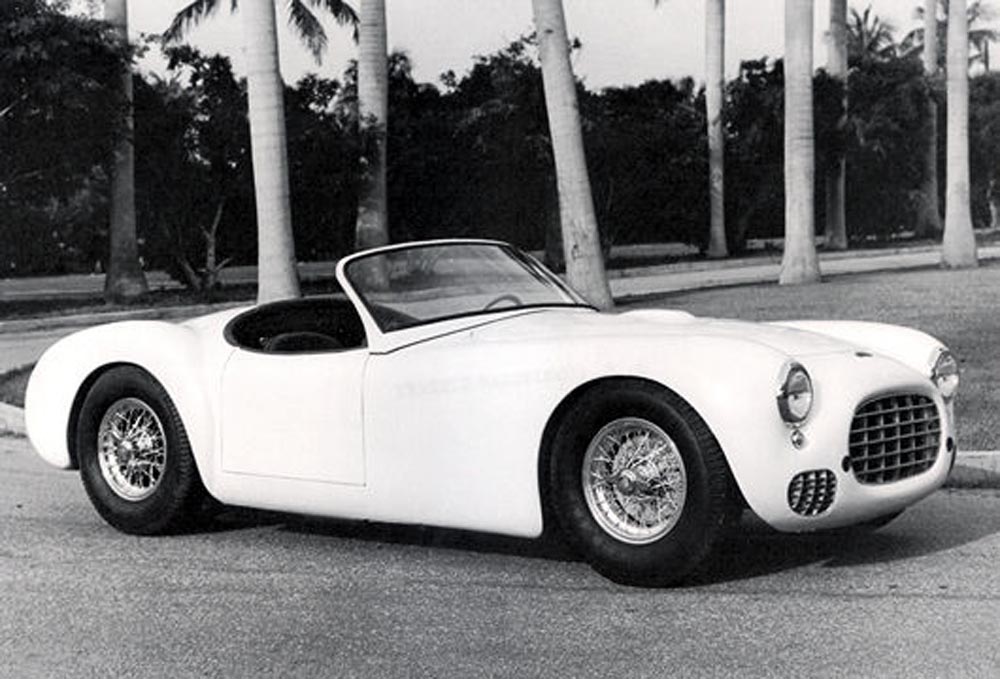
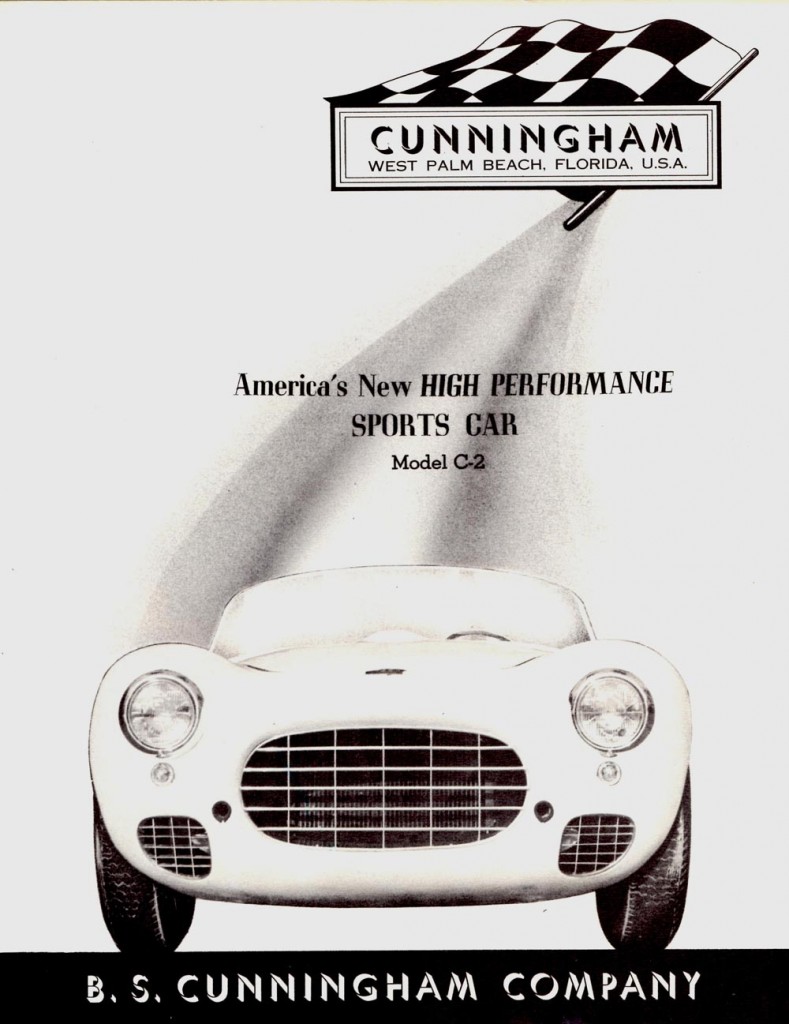
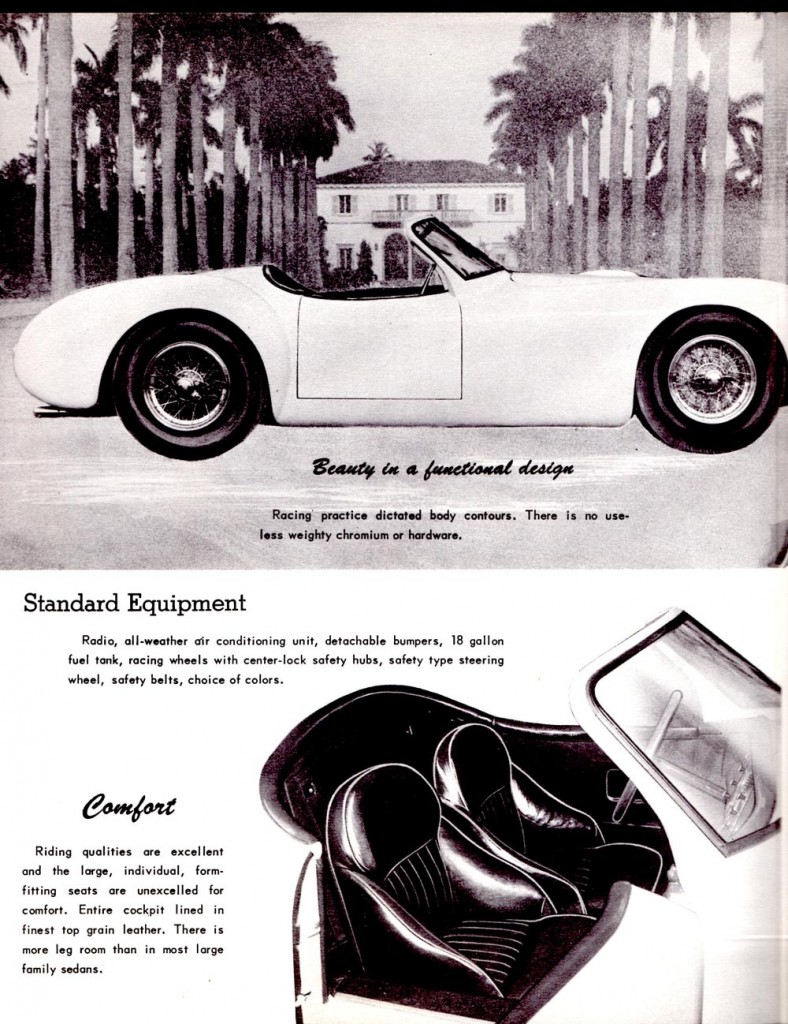
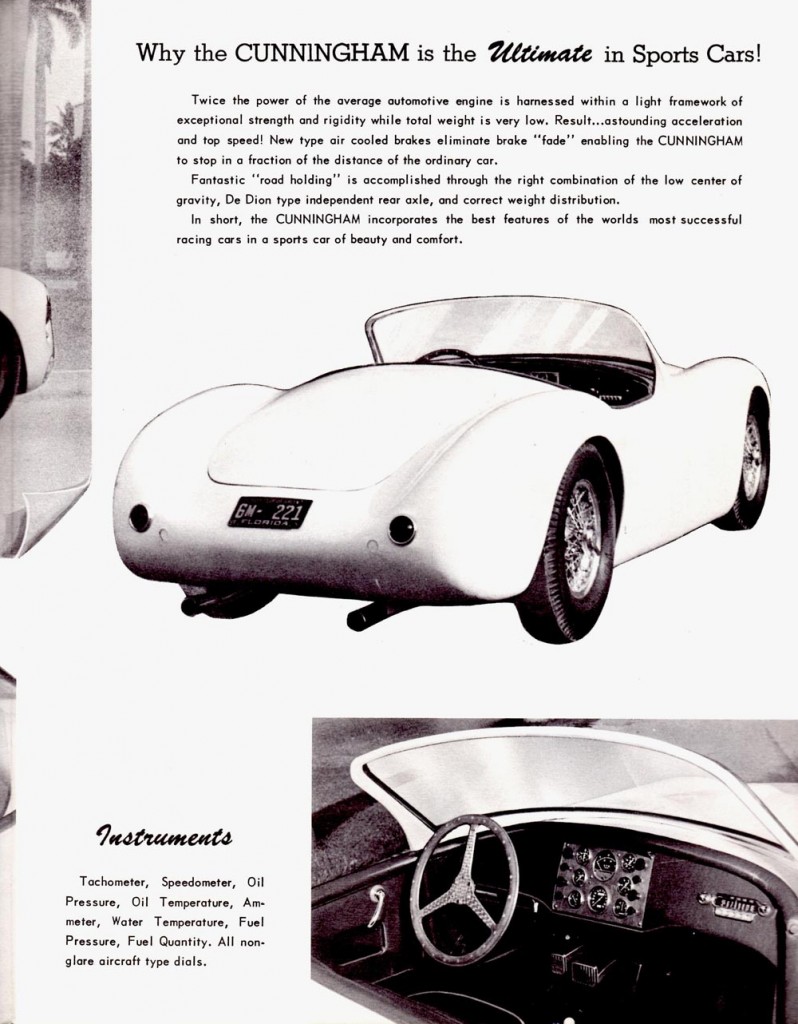
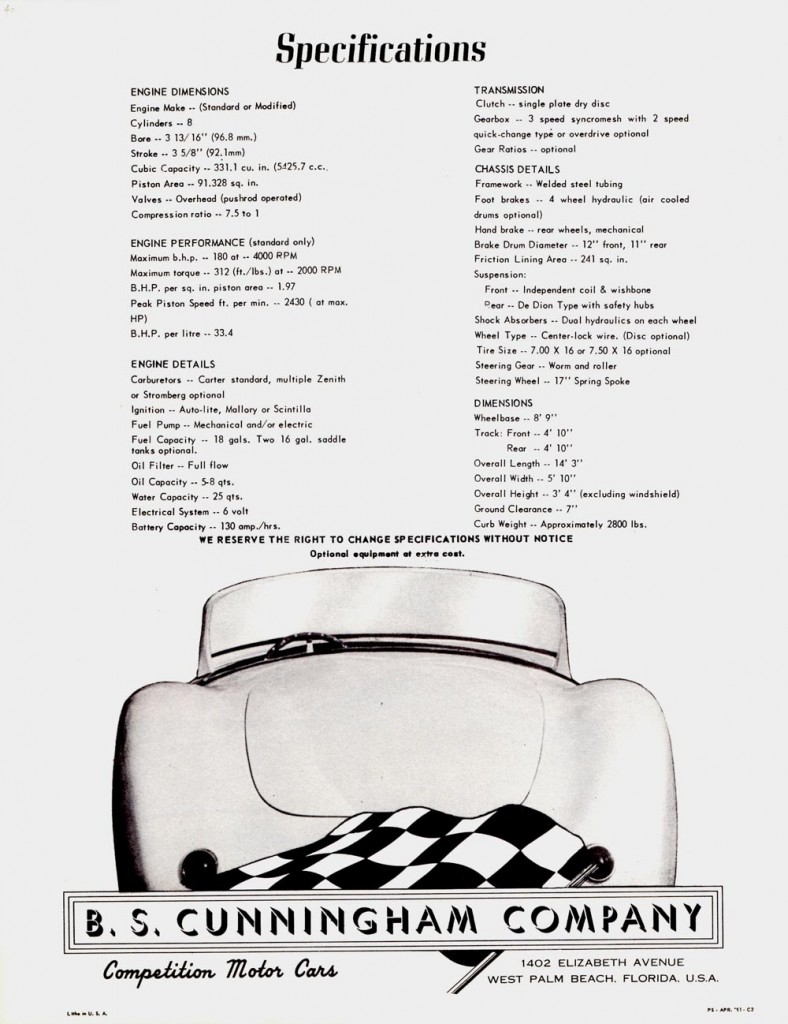


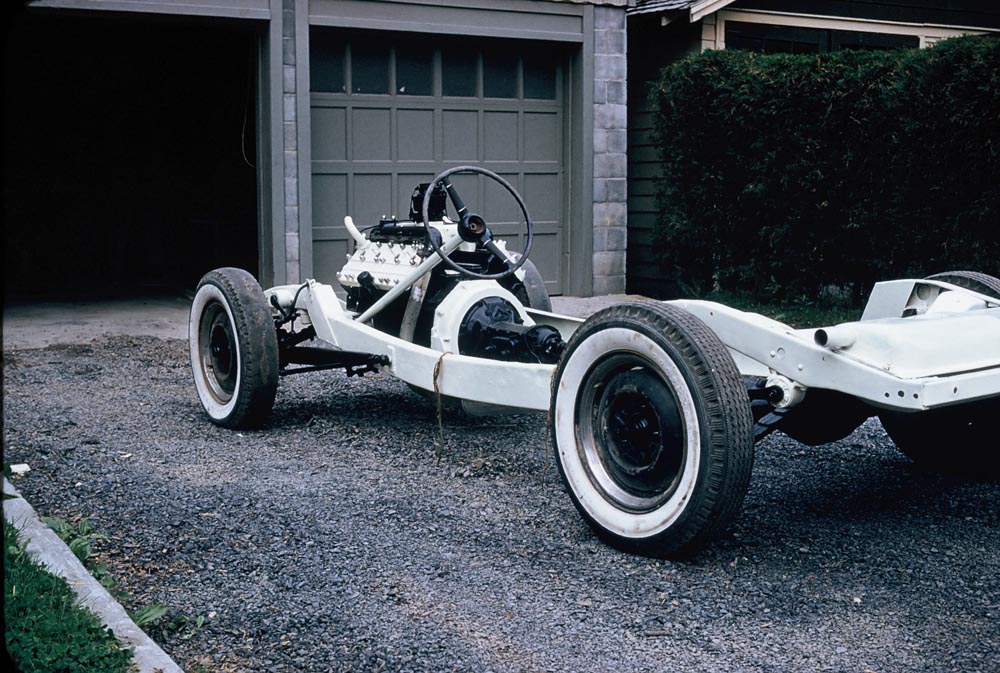













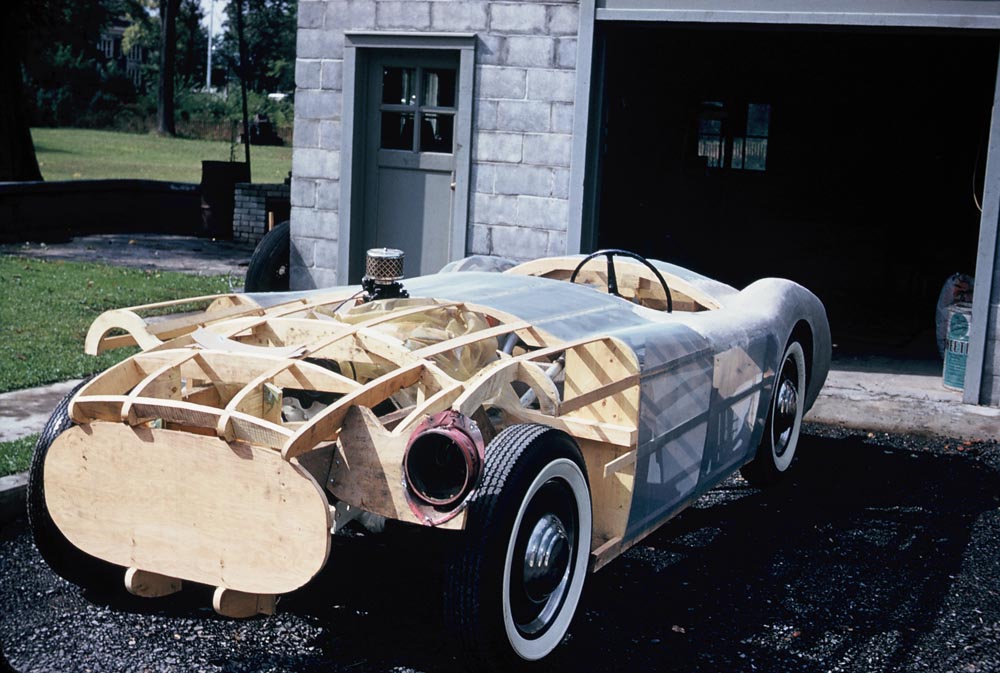






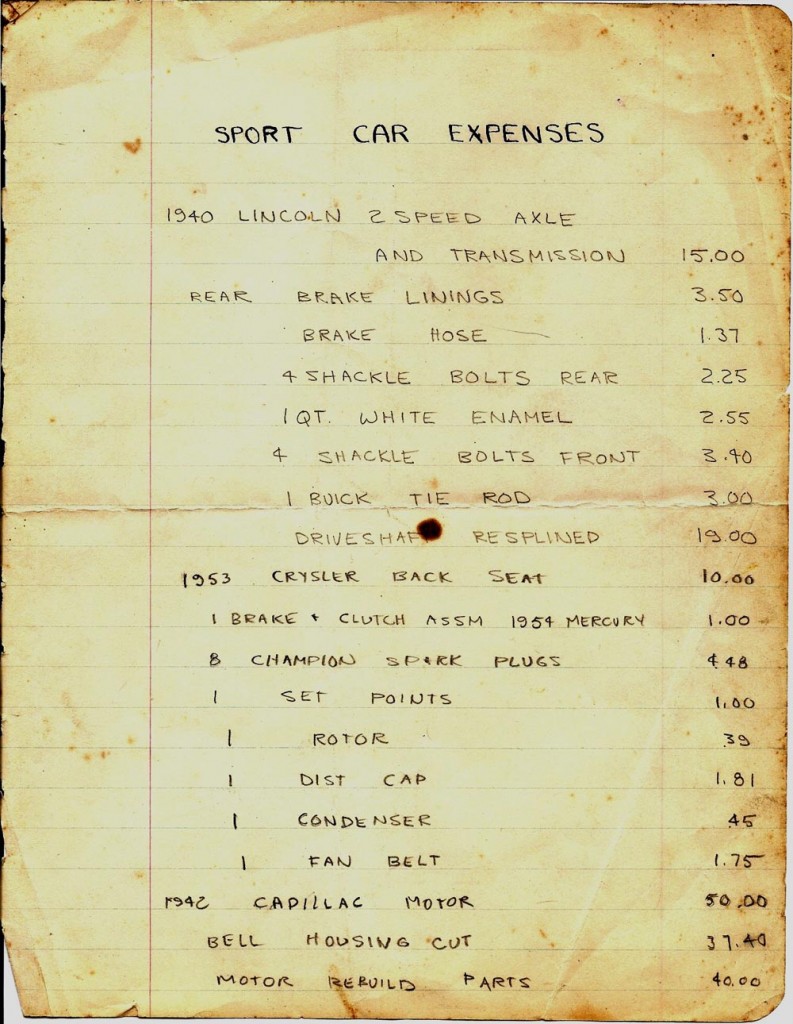




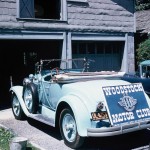
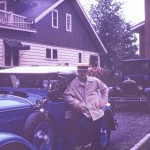
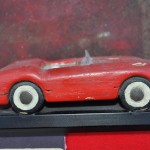
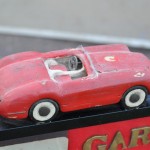
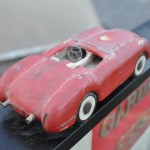
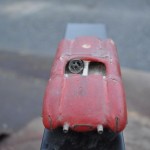
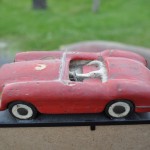
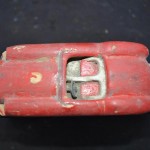
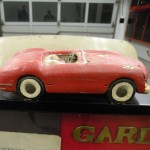
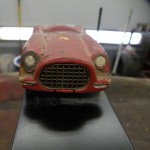
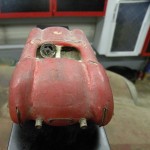
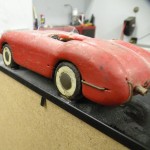

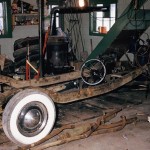
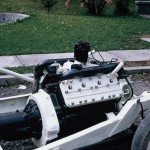
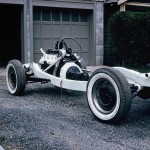
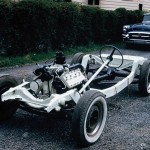
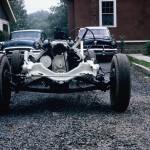
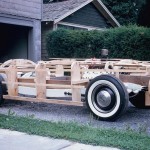
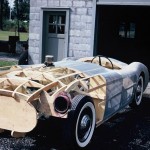
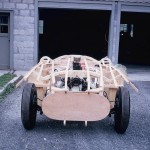
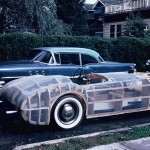
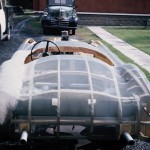
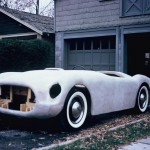
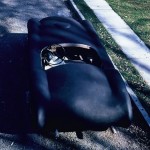
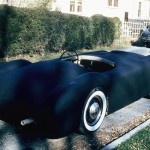
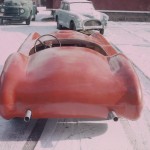
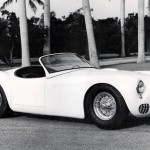
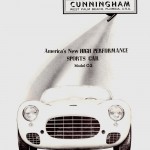
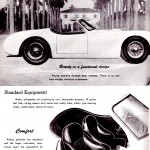
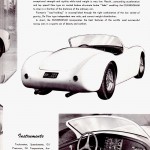
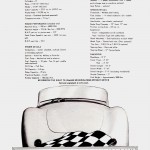
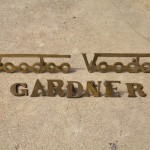
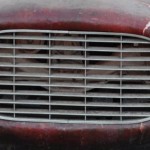
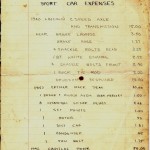

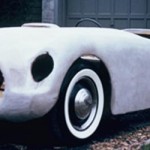
This was an awesome story to read. Jerry was my uncle and I so remember that car. Hanging around my grandfathers garage and riding with Jerry in his Jag, great memories! I would love to see a picture of it completed. Happy building!
KAY So Happy You gave me the web site to view, never knew him as well as Barbara and I know you.
You have so much to be proud of.
Take care
Jim
Great story and great pictures. Jerry and I graduated High School together, however except for class re-unions lost touch.
We did have another thing in common, we both enjoyed cars and fiberglass cars. I had a 1963 Studebaker AVANTI, second owner, 336,000 miles…finally rebuilt, and gave it to oldest grandson who is both a trained auto mechanic and an Airforce Air Plane Mechanic crew chief.
I am Jerry Gardner’s wife and cried through the whole story & pictures that you wrote. It was beautiful & he would have been so proud. As you know Jerry had a dementia and died Feb. 4, 2012. He was a wonderful talented man and I had him for 50 years. Now he is at peace & looking down on us. Thank you
~ Kathleen, i’m sorry for your loss, and touched by your memories of your husband. he showed great imagination and the rare ability to translate his dreams into reality. ~sc
Jerry was sooooo talented. I must say I enjoyed his cars but remember stealing beer from the keg when I was in my teens. I know he knew we were doing it….and sure got a kick out of it. He was a great uncle. I too got misty when I saw all of the old pictures.
~ a comment from Robert Cumberford ? man who designed & built La Cumberford Martinique ? wooden fenders !! i was quite young (& shocked) when i first encountered the idea. so beautiful & still among my favorite cars of all time. … and in my top 5 favorite automotive construction materials. between the Voodoo Gardner Special, the Martinique, and all your recent experiences, Geoff, my head is spinning. enthusiasm overload. scot
Great story, and so nice that the photo documentatiion is so complete. What does the future hold for this machine, and it’s builder?
Great story,great pictures..
Mel
Glad to have met you in Florida. Too bad we could not get together in Sarasota, but it would have been totally impossible with the film crew, interviewee, etc. I hope you had a good time with Stan at your Fiberglass Farm.
Best, Robert
I am the current owner of the ’79 Alpina once owned by Rob Robertson that is graced with one of your Martinique Sondermotors #CRC-01. I have been unable to track him down and wondered if you knew how to reach him. The car has been through a lot over the years but the engine is strong as ever (90,000 miles). Would live to get the tune-up specs and more of it’s history!
Merci bien!
Stephen Bryson
Geoff . . . What lead-up to Jerry’s decision to accomplish what looks like a very solo pursuit of his dream, speaks volumes about his creative energy and perseverance. His family certainly had significant influence, and is continuing to provide support. I know that this resonates with you, Geoff, and with many others, in your successful pursuit of hearlding forgotten fiberglass folks. Kudos to all involved in your purchasing this historic icon . . . created by Jerry Gardner.
“How many is too many fiberglass sports cars?” As I recall, you have a lot of room on your fiberglass ‘farmland’ . . . We’re countin’ on you !
very cool car; it does have a lot of Cunningham inspiration. Glad it survives.
Hi Guys…glad you like the first part of the story. I agree Bob – mold release. The finished car body does not show any evidence of “black paint” so that’s probably what it is. More info on Jerry in next story Jim.
Thanks for sharing 🙂
Geoff
Great story but what happened to Jerry?
Jim
What a great story and car.
The photo that shows the car a very dark color may be the plaster buck ready for the fiberglass. As some mold release agents are a very dark green. The photo seems to have a green tinge to it.
The mould release that I use is a very dark blue green. If it were to be applied to plaster it would be the same color as what is in the photo.
~ Geoff, wow ! exciting historic tale soon to have a modern ‘happily ever after’. rather lucky than good ? well, again you’ve proven that the proper mix of both increases the odds of success. can’t wait for the next chapter. scot